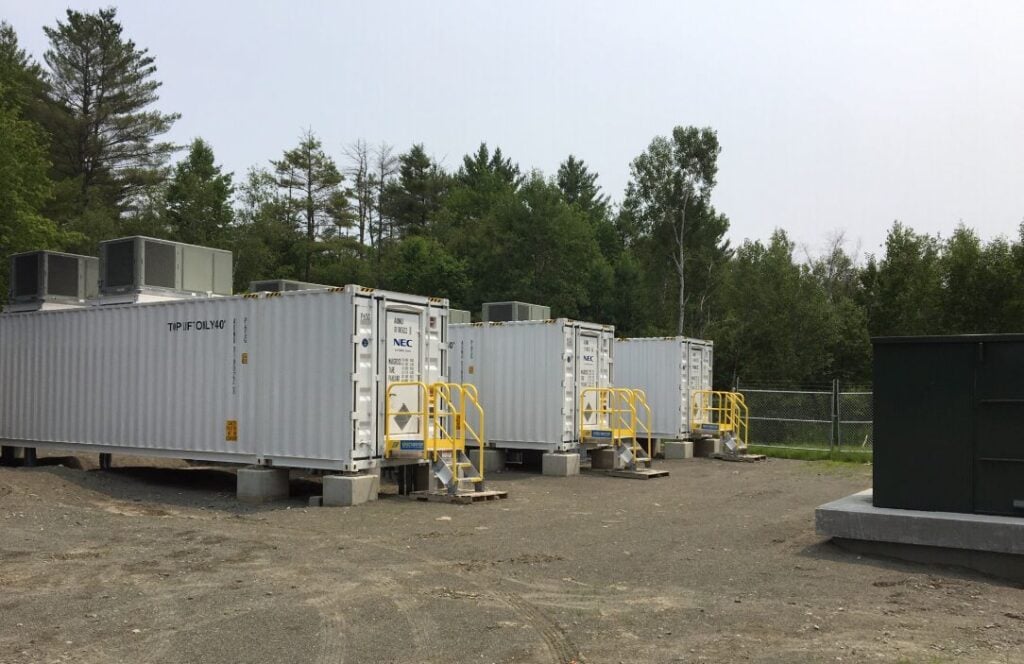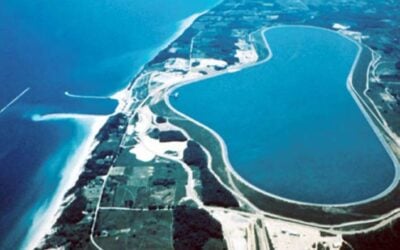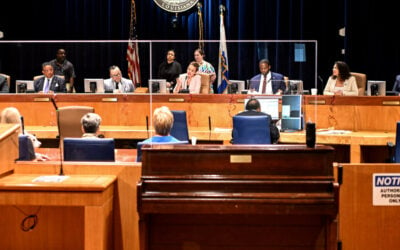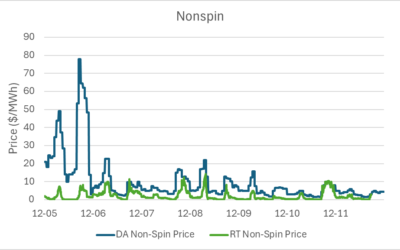
What does Trump’s tax reconciliation bill mean for US solar and BESS project development and construction right now? We hear from developer-operator Agilitas Energy CEO Barrett Bilotta.
The firm is primarily known for distributed solar and battery energy storage system (BESS) projects in the Northeastern US but recently commissioned its first BESS in Texas, part of a six-project portfolio acquired in 2023.
It’s a highly uncertain time for those deploying solar, BESS and other clean energy technologies in the US. Trump’s tax reconciliation bill (OBBB) brought in an early end to tax credits for solar and wind. While it left energy storage tax credit timelines largely the same, still-to-be-clarified foreign entity of concern (FEOC) restrictions on technology procurement significantly increase the risk of buying from China.
Bilotta explained that the uncertainty created by Trump’s China tariffs, for which another 90-day truce was announced this week, and FEOC restrictions on technology creates challenges for procurement and progressing projects, but not an insurmountable one.
Try Premium for just $1
- Full premium access for the first month at only $1
- Converts to an annual rate after 30 days unless cancelled
- Cancel anytime during the trial period
Premium Benefits
- Expert industry analysis and interviews
- Digital access to PV Tech Power journal
- Exclusive event discounts
Or get the full Premium subscription right away
Or continue reading this article for free
Threshold projects scrapped, cost compression, higher PPA prices
“We have a lot of projects and assets that are near-term/starting construction so we feel pretty comfortable about those assets making it through the window put in by OBBB,” Bilotta said.
“As an industry there are now a lot of problems for greenfield development, primarily because a bunch of the economics worked when you had tax credits for further-out projects: taking away that tax credit puts things into flux.”
“As an industry, it will still go ahead and continue, but it will reset a bunch of programmes, increase electricity prices, or something else that will make things pencil out. A lot of that will boil down to higher PPA pricing for offtakers.”
“There will be cost compression, because there will be less demand for construction and less demand for modules and inverters, so pricing will come down on supply side to move components.”
“Everything that was a threshold project will be scrapped.”
Solar market will have to mature
The future of BESS is closely tied to the future of solar and wind, whose variable generation is the primary demand driver for the flexibility and load-shifting services BESS generates much of its revenue from. Bilotta points to the past history of solar as a cause for optimism despite the OBBB’s early sunset of tax credits.
“The market will mature more. The first maturation with solar happened with interest rates increasing after the zero-rate phenomenon. Solar suddenly needed to make the numbers work with real interest rates,” he said.
“Solar projects will work but there’ll be a rejigging of the market, with states changing the types of direct subsidies, PPA buyers paying more etc.”
FEOC restrictions on BESS
The big question mark for energy storage is the FEOC component. For any project that didn’t start construction before 2025, tax credits will be denied if they rely too heavily on equipment from China. The same will happen if they depend on Chinese investments, pay Chinese counterparts via contracts of technology licenses.
That’s a problem because most of the supply chain for batteries and BESS is in China. The US Treasury was scheduled to provide guidance on FEOC rules by 18 August. Many had doubted it would happen within that time frame, and the industry still awaits the guidance with baited breath.
“From the energy storage side, we’re now just awaiting FEOC guidelines,” Bilotta said. “Our EPC team is dealing with a variety of manufacturers, switching around manufacturers. Now, if you are going to develop-build, you really need in-house expertise; you have to know what equipment works.”
“We are trying to make the most rigid standard as it relates to compliance with FEOC, to meet that standard with those assets.”
“If just one component is from a friendly nation like South Korea, will that hit threshold? If you buy an integrated system like Sungrow, it sounds like that wont qualify unless they totally shift their supply chain. All we can do is triage the risk.”
It’s well-understood how you build solar with domestic procurement, but not so for clear for BESS which has much less capacity, Bilotta said.
“Some might have more confidence about that capacity. We as a company don’t have the time pressure to make a decision. That is a luxury; others have live bullets flying.”
Energy storage could come out stronger
One silver lining of all this for energy storage Barett sees is that the economic case for it may actually get stronger. We said earlier that the future of energy storage is closely tied to wind and solar, but Bilotta posits on the other hand that a slowdown in their deployment could converge with continued electricity demand growth to increase the need for energy storage.
“Big energy users, states, businesses, all these things will require more energy services. The revenue side of the equation will change,” Bilotta said. “But this will depend on the buildout of EV charging and data centres.”
Agilitas pivots into hydropower
We also discussed the company’s recent move into hydropower, with the acquisition of projects in West Virginia and Maryland totalling 44MW from Advanced Hydro Solutions, expected to be operational on the PJM grid by 2028.
“We’ve been looking at hydro as an asset class for a while and the sector got a big shot in the arm with the IRA extending the tax credits to it,” Bilotta said. “Both projects get a 50% tax credit.”
“There’s a huge demand for power, especially baseload, and it’s a stable asset so attractive for utilities and data centres. These projects are on federally-owned dams so that reduces the risk substantially.”
“Construction is very different to solar and wind. You’re working on existing operational dams which are much more complicated. The actual units and turbines are a relatively small cost, most of the cost is building the pumphouse, temporary dams. We self-perform EPC for solar and storage, but for this we’d hire a large-scale experienced general contractor.”





